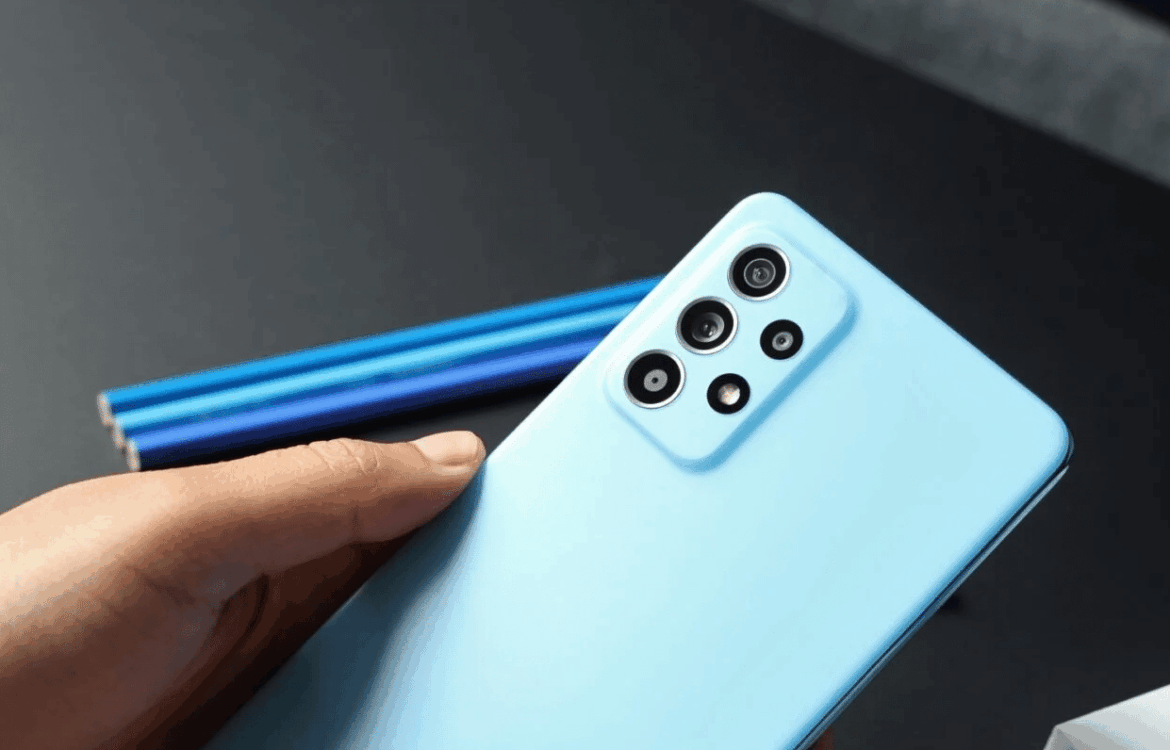The Samsung A52 is not eSIM capable. The popular mid-range smartphone impresses with many features. However, it is designed for physical SIM cards.
Why the Samsung A52 does not support eSIM: Reasons and alternatives
The eSIM (embedded SIM) is considered a modern and particularly flexible technology in the mobile communications sector. However, not all mobile phones support eSIM technology – this also applies to the Samsung Galaxy A52.
- eSIM stands for embedded SIM and is a modern variant of the classic SIM card. It is a chip permanently installed in the smartphone that can be digitally connected to a mobile phone provider. The advantages: no card changes, faster provider changes, greater flexibility when traveling.
- However, devices must be explicitly supported by the manufacturer for eSIM. Samsung Germany’s official model overview clearly documents which smartphones offer this feature.
- The Galaxy A52 is not on the list. Neither the Samsung Galaxy A52 4G nor the Galaxy A52 5G support eSIM technology.
- The A52 models are designed exclusively for use with a classic physical SIM card – more specifically, a nano SIM. Therefore, anyone using the A52 currently has no option to activate digital mobile profiles via an eSIM.
- If you explicitly require a device with eSIM support, we recommend switching to another model such as the S series or the foldable Galaxy smartphones, or using a retrofittable eSIM card.
Samsung A52 SIM setup: step-by-step guide
Even without eSIM, the Samsung Galaxy A52 offers easy and reliable access to the mobile network – made possible by the use of a physical nano SIM card. Inserting a SIM card is familiar to many people and works reliably.
- Before inserting your SIM card into the Galaxy A52, you will need the SIM tool provided. This is a small needle or pin, both of which are often included in the scope of delivery. Alternatively, a thin paper clip can be used.
- You should also make sure that your smartphone is turned off. This will prevent any technical errors when changing the card.
- The SIM card slot is located on the top of the Samsung Galaxy A52. Press lightly on the small hole to open the tray. This provides space for a nano SIM card and, optionally, a microSD card for memory expansion.
- Place the nano SIM card in the tray so that it fits exactly. The gold contacts should be facing down.
- Then carefully slide the tray back into the device. Make sure that it clicks into place so that the connection can be established.
- After switching on the smartphone, the system automatically recognizes the inserted SIM card. You may be asked to enter a PIN – this can be found in the documents for your mobile phone contract.
- Once the network has been detected, you can make calls, send text messages, and use mobile data. A special setup menu for mobile phone tariffs, as with eSIM, is not required for the Galaxy A52, as everything runs via the physical card inserted.
eSIM-compatible Samsung models: Your options
Since the Galaxy A52 does not support eSIM, alternatives are exciting. Samsung is primarily integrating eSIM functionality into its high-end and select mid-range devices. It’s worth taking a look at the latest models.
- Samsung has been offering eSIM functionality in its Galaxy S series for several generations and lists these devices in its official list of eSIM-compatible models – for both the US and international markets.
- The Samsung Galaxy S20 (only with certain providers), S21, S22, S23, and S24 models are equipped with eSIM in both the basic and Plus/Ultra versions. These devices allow you to use a physical SIM card and an eSIM at the same time (dual SIM function). This feature is ideal for frequent travelers who want to use two tariffs in parallel.
- Samsung’s foldable smartphones also offer comprehensive eSIM support: These include the Samsung Galaxy Z Fold2 / Fold3 / Fold4 / Fold5 / Fold6 and Samsung Galaxy Z Flip3 / Flip4 / Flip5 / Flip6.
- These premium smartphones combine modern design with the latest SIM technologies. The eSIM can be activated directly in the settings menu or added via QR code.
- Samsung Galaxy Note20 and Note20 Ultra are the only Note models with eSIM functionality. Within the A series, eSIM will only be supported from the Galaxy A54 5G onwards. Newer mid-range devices such as the Galaxy A35 5G and A55 5G (both models released in 2024) are also compatible.
Physical SIM vs. eSIM: When is the traditional card better?
Although eSIM technology offers many advantages, there are scenarios in which the traditional SIM card may be preferable. Network coverage, transferability, and security are among these cases.
- In regions where network coverage is limited and few providers support eSIMs, it may make more sense to use a traditional SIM card to benefit from a wider range of tariffs.
- For users who regularly change devices or use multiple devices simultaneously, a physical SIM card may be more practical. It can be easily transferred from one device to another without any technical complications.
- In cases where you have security concerns, the physical SIM card may also be a preferred option, as it can be easily removed as a standalone unit if the device is compromised.
- Finally, the physical SIM card may also be necessary for older devices or those with limited software support for eSIMs. In these cases, the physical SIM offers a universal solution that can be used with any compatible device.

